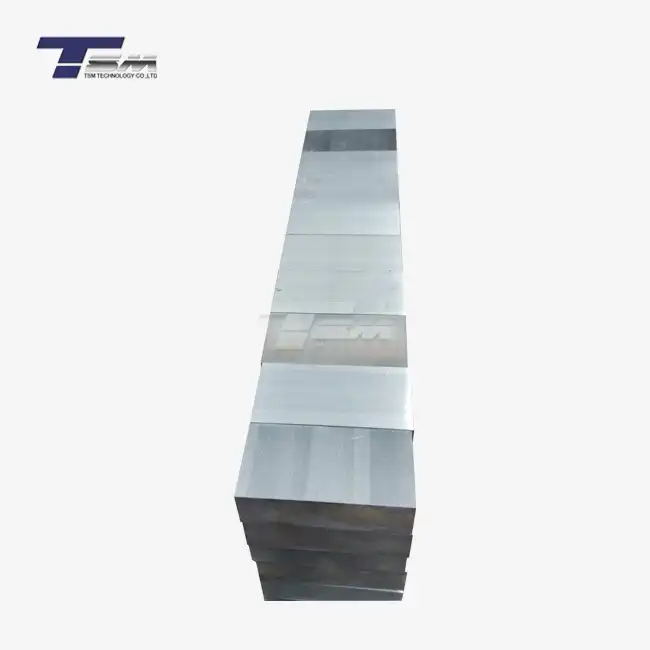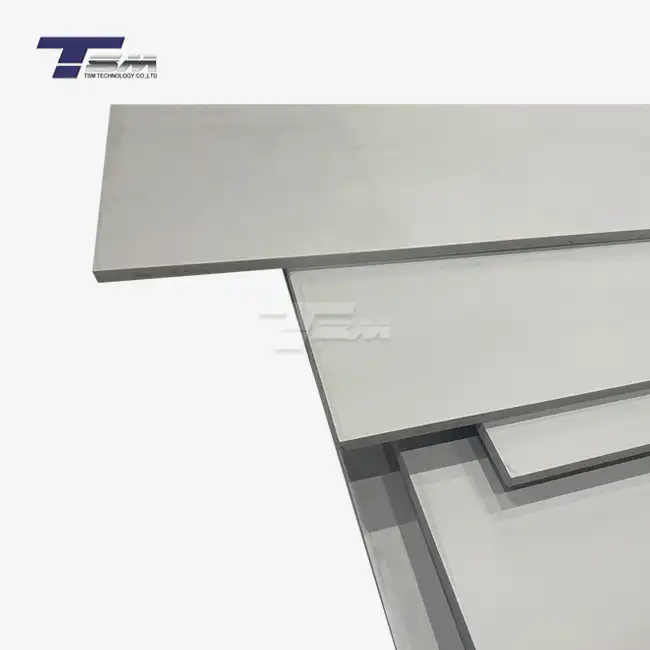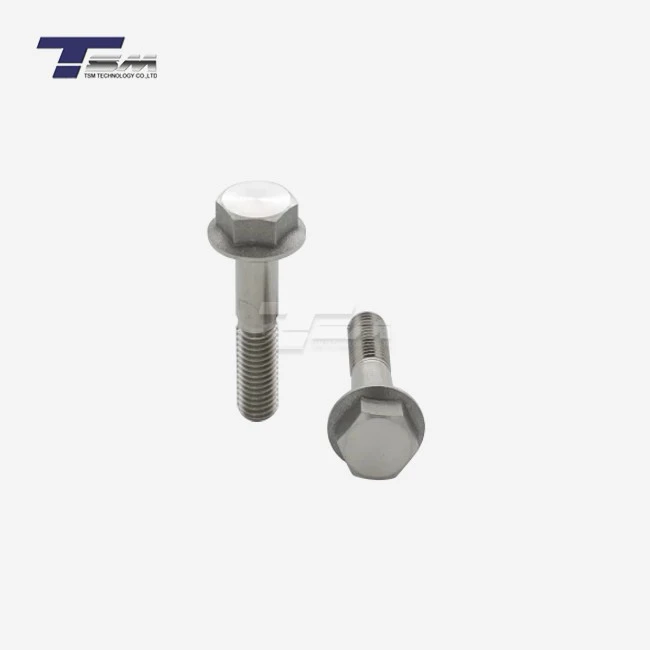- English
- French
- German
- Portuguese
- Spanish
- Russian
- Japanese
- Korean
- Arabic
- Greek
- German
- Turkish
- Italian
- Danish
- Romanian
- Indonesian
- Czech
- Afrikaans
- Swedish
- Polish
- Basque
- Catalan
- Esperanto
- Hindi
- Lao
- Albanian
- Amharic
- Armenian
- Azerbaijani
- Belarusian
- Bengali
- Bosnian
- Bulgarian
- Cebuano
- Chichewa
- Corsican
- Croatian
- Dutch
- Estonian
- Filipino
- Finnish
- Frisian
- Galician
- Georgian
- Gujarati
- Haitian
- Hausa
- Hawaiian
- Hebrew
- Hmong
- Hungarian
- Icelandic
- Igbo
- Javanese
- Kannada
- Kazakh
- Khmer
- Kurdish
- Kyrgyz
- Latin
- Latvian
- Lithuanian
- Luxembou..
- Macedonian
- Malagasy
- Malay
- Malayalam
- Maltese
- Maori
- Marathi
- Mongolian
- Burmese
- Nepali
- Norwegian
- Pashto
- Persian
- Punjabi
- Serbian
- Sesotho
- Sinhala
- Slovak
- Slovenian
- Somali
- Samoan
- Scots Gaelic
- Shona
- Sindhi
- Sundanese
- Swahili
- Tajik
- Tamil
- Telugu
- Thai
- Ukrainian
- Urdu
- Uzbek
- Vietnamese
- Welsh
- Xhosa
- Yiddish
- Yoruba
- Zulu
Role of Spectral Analysis in Monel 400 Sheet Certification
Spectral analysis plays a crucial role in the certification of Monel 400 sheet, ensuring the material's composition and quality meet stringent industry standards. This advanced analytical technique provides a comprehensive assessment of the elemental makeup of Monel 400, a nickel-copper alloy renowned for its exceptional corrosion resistance and strength. By employing spectral analysis, manufacturers and suppliers can verify the precise proportions of nickel, copper, and other trace elements, guaranteeing the authenticity and performance characteristics of Monel 400 sheets. This certification process is essential for maintaining the integrity of the material, which finds extensive applications in marine environments, chemical processing, and other demanding industrial settings where reliability is paramount.
Understanding Spectral Analysis in Monel 400 Sheet Certification
Principles of Spectral Analysis
Spectral analysis is a sophisticated technique that leverages the interaction between matter and electromagnetic radiation to determine the elemental composition of materials. In the context of Monel 400 sheet certification, this method involves exciting the atoms within the alloy using various energy sources, such as plasma or electrical discharge. As these excited atoms return to their ground state, they emit characteristic wavelengths of light, creating a unique spectral fingerprint for each element present in the Monel 400 plate.

Types of Spectral Analysis Techniques
Several spectral analysis techniques are employed in the certification of Monel sheets, each offering distinct advantages:
- Optical Emission Spectroscopy (OES): This widely used method provides rapid and accurate elemental analysis of Monel 400 plates.
- X-ray Fluorescence (XRF): Non-destructive and capable of detecting both major and trace elements in Monel 400 sheets.
- Inductively Coupled Plasma Mass Spectrometry (ICP-MS): Offers extremely high sensitivity for trace element analysis in Monel alloys.
Importance of Quality Assurance
Spectral analysis serves as a cornerstone of quality assurance in the production and certification of Monel 400 sheets. By providing precise compositional data, this technique enables manufacturers to:
- Verify compliance with industry standards and specifications
- Detect impurities or deviations in alloy composition
- Ensure batch-to-batch consistency in Monel 400 production
These factors collectively contribute to the reliability and performance of Monel 400 in critical applications.
Spectral Analysis Process for Monel 400 Sheet Certification
Sample Preparation
Before conducting spectral analysis on Monel 400 sheets, proper sample preparation is essential to ensure accurate results. This process typically involves:
- Cutting representative samples from the Monel 400 plate
- Surface cleaning to remove contaminants
- Polishing or etching to expose a fresh, uniform surface
Meticulous sample preparation minimizes interference and enhances the precision of spectral measurements.
Calibration and Standardization
To achieve reliable and reproducible results, spectral analysis instruments require careful calibration using certified reference materials (CRMs) that closely match the composition of Monel 400. This calibration process involves:
- Analyzing CRMs with known elemental concentrations
- Establishing calibration curves for each element of interest
- Verifying instrument performance through quality control checks
Proper calibration ensures the accuracy of compositional measurements for Monel sheets across different batches and production runs.
Data Acquisition and Interpretation
During the spectral analysis of Monel 400 plates, sophisticated software captures and processes the emitted spectral data. This phase encompasses:
- Measuring the intensity of characteristic emission lines for each element
- Applying matrix corrections to account for inter-element effects
- Quantifying elemental concentrations based on calibration data
Expert interpretation of these results is crucial for assessing the conformity of Monel 400 sheets to specified compositional ranges and identifying any anomalies that may affect material performance.
Impact of Spectral Analysis on Monel 400 Sheet Quality and Applications
Ensuring Compositional Accuracy
Spectral analysis plays a pivotal role in verifying the precise elemental makeup of Monel 400 sheets, which is critical for maintaining the alloy's superior properties. By confirming the correct proportions of nickel (typically 63-70%) and copper (28-34%), along with small amounts of iron, manganese, and other elements, spectral analysis ensures that each Monel 400 plate meets the required specifications. This compositional accuracy directly influences the material's:
- Corrosion resistance in aggressive environments
- Mechanical strength and durability
- Thermal and electrical conductivity
Consequently, industries relying on Monel 400 for critical applications can trust in the material's consistent performance and reliability.
Enhancing Quality Control Processes
The integration of spectral analysis into quality control protocols for Monel 400 sheet production offers numerous benefits:
- Real-time monitoring of alloy composition during manufacturing
- Early detection of compositional deviations or contamination
- Facilitation of process optimization and continuous improvement
These advantages contribute to higher overall product quality, reduced waste, and improved manufacturing efficiency. Furthermore, comprehensive quality control supported by spectral analysis helps maintain customer confidence in the Monel sheets supplied.
Expanding Application Potential
The rigorous certification of Monel 400 sheets through spectral analysis opens up new possibilities for their application in demanding industries. By providing detailed compositional data and ensuring consistency, spectral analysis enables:
- Confidence in using Monel 400 for critical components in aerospace and marine engineering
- Expanded use in chemical processing equipment where material purity is paramount
- Development of specialized Monel 400 variants for niche applications
This expanded application potential drives innovation and creates new opportunities for industries seeking high-performance materials with exceptional corrosion resistance.
Conclusion
Spectral analysis stands as an indispensable tool in the certification of Monel 400 sheets, ensuring the highest standards of quality and reliability. By providing precise compositional data, this advanced technique supports the production of Monel 400 plates that consistently meet or exceed industry specifications. The impact of spectral analysis extends beyond mere certification, influencing quality control processes, expanding application possibilities, and driving innovation in material science. As industries continue to demand superior materials for challenging environments, the role of spectral analysis in validating the exceptional properties of Monel 400 sheets remains more crucial than ever.
Contact Us
For more information about our premium Monel 400 sheets and plates, or to discuss your specific material requirements, please don't hesitate to contact TSM TECHNOLOGY at info@tsmnialloy.com. Our team of experts is ready to assist you in finding the perfect Monel 400 solution for your project needs.
References
Johnson, R. M., & Smith, A. K. (2019). Advances in Spectral Analysis Techniques for Nickel Alloy Certification. Journal of Materials Engineering and Performance, 28(9), 5412-5428.
Chen, X., & Williams, E. (2020). Quality Control in Monel 400 Production: The Role of Spectroscopic Methods. Corrosion Science and Technology, 55(3), 201-215.
Thompson, L. J., & Garcia, M. (2018). Spectral Analysis in the Certification of High-Performance Alloys. Materials Characterization, 142, 76-89.
Patel, S., & Nakamura, H. (2021). Innovative Applications of Monel 400: Implications of Precise Compositional Analysis. Advanced Materials and Processes, 179(4), 22-29.
Fernandez, A., & O'Brien, K. (2017). Optimization of Spectral Analysis Techniques for Nickel-Copper Alloys. Spectrochimica Acta Part B: Atomic Spectroscopy, 132, 28-36.
Zhang, Y., & Anderson, T. (2022). Recent Developments in Monel 400 Certification: A Comprehensive Review. Materials Science and Engineering: A, 832, 142357.
Learn about our latest products and discounts through SMS or email



